Refine search
Actions for selected content:
48202 results in Computer Science
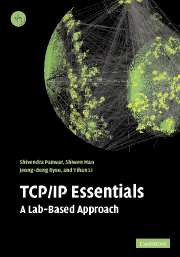
TCP/IP Essentials
- A Lab-Based Approach
-
- Published online:
- 05 June 2012
- Print publication:
- 18 November 2004
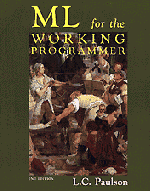
ML for the Working Programmer
-
- Published online:
- 05 June 2012
- Print publication:
- 28 June 1996
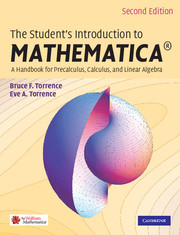
The Student's Introduction to MATHEMATICA ®
- A Handbook for Precalculus, Calculus, and Linear Algebra
-
- Published online:
- 05 June 2012
- Print publication:
- 29 January 2009
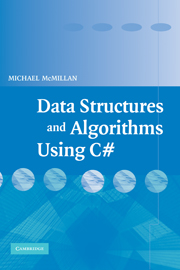
Data Structures and Algorithms Using C#
-
- Published online:
- 05 June 2012
- Print publication:
- 26 March 2007
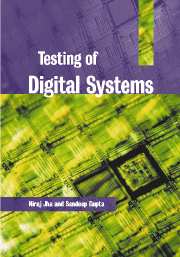
Testing of Digital Systems
-
- Published online:
- 05 June 2012
- Print publication:
- 08 May 2003
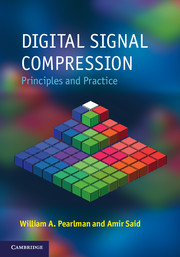
Digital Signal Compression
- Principles and Practice
-
- Published online:
- 05 June 2012
- Print publication:
- 27 October 2011
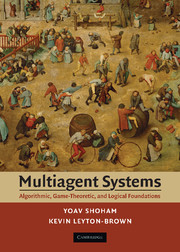
Multiagent Systems
- Algorithmic, Game-Theoretic, and Logical Foundations
-
- Published online:
- 05 June 2012
- Print publication:
- 15 December 2008
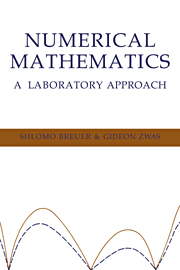
Numerical Mathematics
- A Laboratory Approach
-
- Published online:
- 05 June 2012
- Print publication:
- 30 July 1993
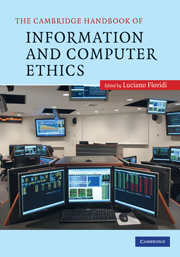
The Cambridge Handbook of Information and Computer Ethics
-
- Published online:
- 05 June 2012
- Print publication:
- 15 April 2010
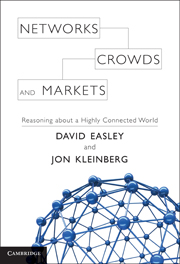
Networks, Crowds, and Markets
- Reasoning about a Highly Connected World
-
- Published online:
- 05 June 2012
- Print publication:
- 19 July 2010
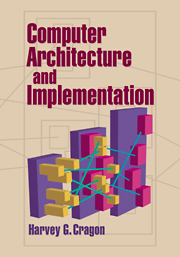
Computer Architecture and Implementation
-
- Published online:
- 05 June 2012
- Print publication:
- 13 February 2000
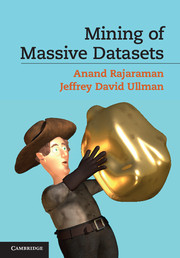
Mining of Massive Datasets
-
- Published online:
- 05 June 2012
- Print publication:
- 27 October 2011
-
- Book
- Export citation
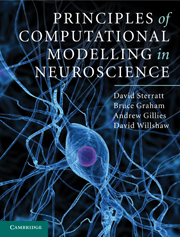
Principles of Computational Modelling in Neuroscience
-
- Published online:
- 05 June 2012
- Print publication:
- 30 June 2011
-
- Book
- Export citation
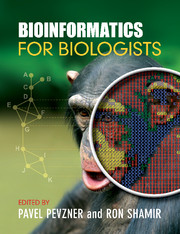
Bioinformatics for Biologists
-
- Published online:
- 05 June 2012
- Print publication:
- 15 September 2011
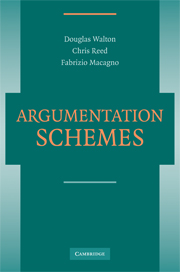
Argumentation Schemes
-
- Published online:
- 05 June 2012
- Print publication:
- 04 August 2008
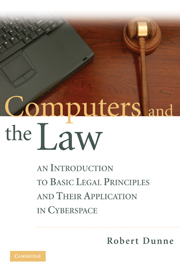
Computers and the Law
- An Introduction to Basic Legal Principles and Their Application in Cyberspace
-
- Published online:
- 05 June 2012
- Print publication:
- 29 May 2009
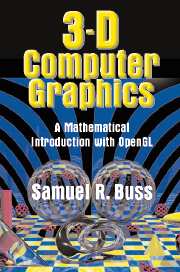
3D Computer Graphics
- A Mathematical Introduction with OpenGL
-
- Published online:
- 05 June 2012
- Print publication:
- 19 May 2003
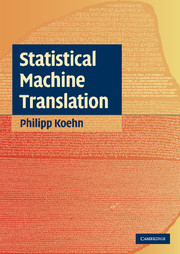
Statistical Machine Translation
-
- Published online:
- 05 June 2012
- Print publication:
- 17 December 2009
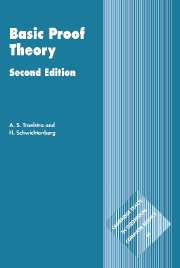
Basic Proof Theory
-
- Published online:
- 05 June 2012
- Print publication:
- 27 July 2000
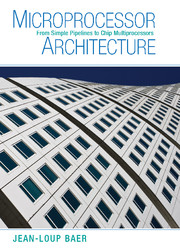
Microprocessor Architecture
- From Simple Pipelines to Chip Multiprocessors
-
- Published online:
- 05 June 2012
- Print publication:
- 07 December 2009
